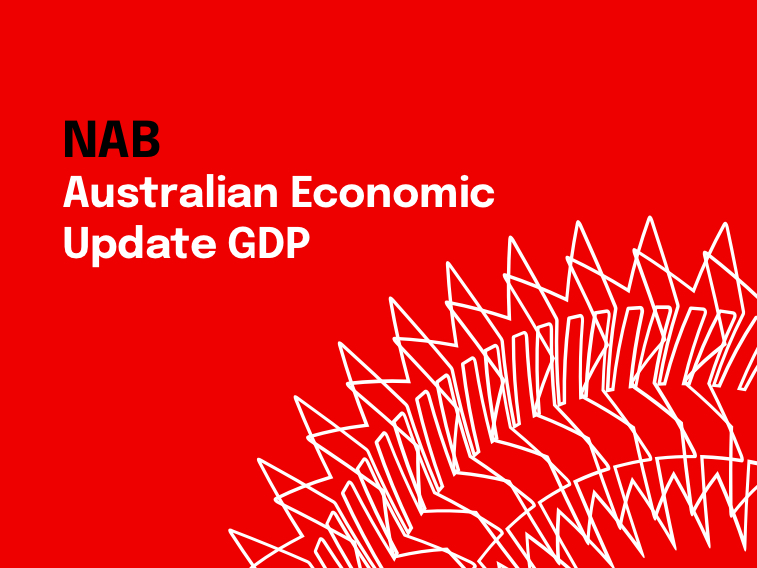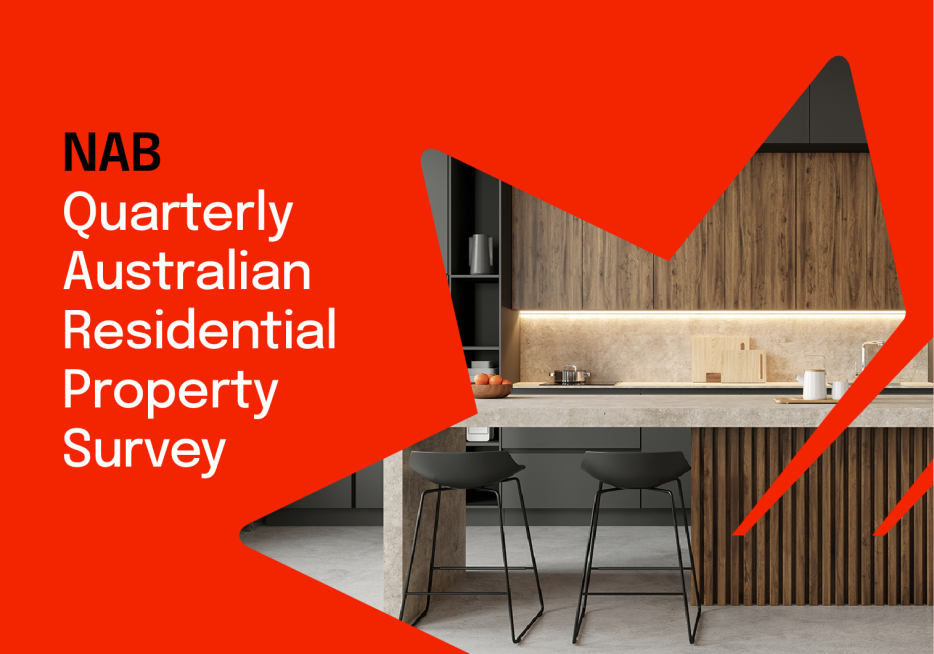For further information, please see the NAB Residential Property Survey Q3 2019.
NAB Quarterly Australian Residential Property Survey Q3 2019
NAB Residential Property Index moves back into positive territory for first time since mid-2018.

- The NAB Residential Property Index moved back into positive territory for the first time since mid-2018, with particularly steep gains recorded in VIC. Future expectations are also brighter.
- The average survey expectation for national house prices for the next 12 months is also positive for the first time since early-2018, with VIC and NSW leading the way. Price growth is expected to strengthen moving into 2021.
- NAB’s view is that prices have bottomed and will rise over the rest of 2019 and through 2020 – led by increases in Sydney and Melbourne.
The Australian housing market is gathering momentum, with an uptick in activity in recent months also being reflected in NAB’s Residential Property Index which moved back into positive territory for the first time since mid-2018. Overall, the Index rose 26 points in the September quarter to an above average +18.
Housing market sentiment among property professionals improved and was positive in all states except WA. According to NAB Chief Economist Alan Oster “The results suggest the Australian housing market is on the way to recovery.” Market sentiment improved in all states except WA which was the only state to report a negative index reading. In contrast, sentiment lifted sharply in Victoria and was the highest in the country by some margin.
The average survey expectation for national house prices for the next 12 months is also positive for the first time since the first quarter of 2018, with prices expected to strengthen moving into 2021. Property professionals in all states except WA expect to see positive gains in the next year, with Victoria and NSW leading the way.
“This marks a sharp reversal from the previous survey where Victoria and NSW were expected to be the weakest states for price growth and the only states where prices were tipped to fall” said Mr Oster. In other key survey findings, the outlook for house prices has caught up with rents for the first time since the September quarter of 2017, suggesting the period of yield improvement is coming to an end.
In an environment of stabilising house prices, falling interest rates and an easing in macro-prudential safeguards, the survey pointed to an increasing (albeit still below average) number of investors in both new and established housing markets. “That said, tight credit was again called out as the single biggest constraint on new housing development, and access to credit the biggest impediment for buyers of existing property across the country” cautioned Mr Oster.
NAB’s forecasts on residential prices
NAB’s view is that prices have bottomed and will rise over the rest of 2019 and through 2020 – led by increases in Sydney and Melbourne. Overall, we expect house prices to end 2019 1.8% higher in Sydney and 0.7% higher in Melbourne, with mixed outcomes across the other capitals. We expect moderate growth across the capital cities of 4.5% in 2020.
Despite the stabilisation in prices, we expect the activity side of the market to remain weak. Dwelling investment is expected to decline relatively sharply over the next few quarters – though from a high base.
While the pipeline of work to be done remains high, it is likely this will be quickly eroded with high rates of work done. Building approvals have continued to trend down, suggesting little replenishment to the flow of new work.
Over 300 property professionals participated in the Q3 2019 survey.




